Tabou Rocket Plus TEAM 133 & GA-Sails Cosmic 7.7 test
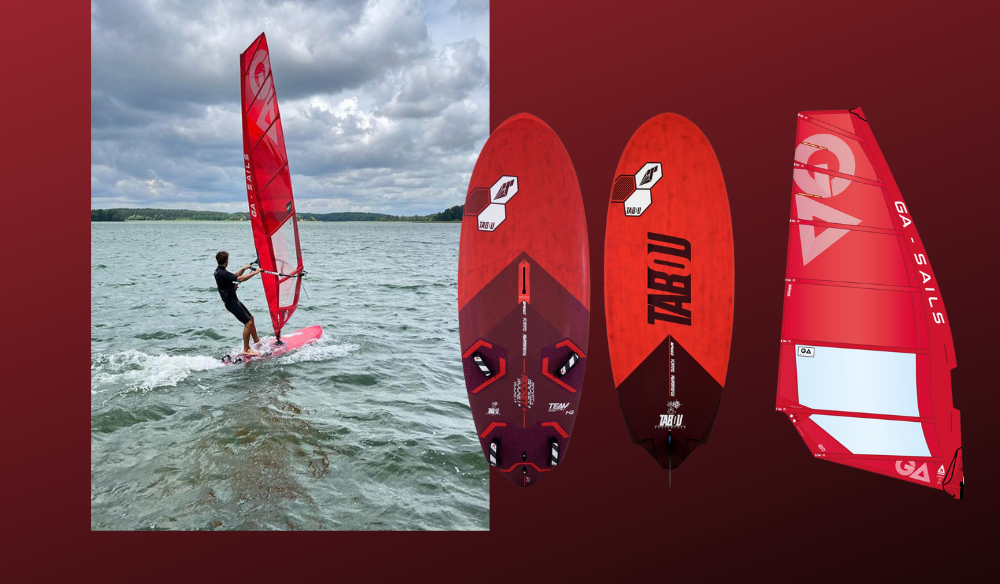

The beginning of my tests seemed innocent enough - a lake, slightly choppy water, and wind ranging from 8 to 13 knots, which was an ideal setup for this gear. After the first reach, I knew I wanted to stick with this board for a while. Its manufacturer didn't lie; it really takes off instantly! With just a gust and a gentle pump, the Rocket Plus glides across the water like a train on tracks. I was surprised by how stable and intuitive the board accelerates, and when it's just a little short of planing, a slight push with your feet forward is all it takes, and it knows what to do.
In full planing mode, the Rocket Plus behaves as if it has known its rider for ages. Confidence, stability, and instinct are three characteristics that perfectly describe this board. The cruising speed is fantastic for freeride sailing, and you can feel how much it loves to be in the planing mode, which is especially noticeable in lulls and between gusts when we glide through them effortlessly. Another big advantage is how well it sticks to the water surface. The Rocket Plus doesn't encourage jumping, but it's not particularly designed for that either. During turns and carving gybes, you can feel its sporty nature. The thin rails near the tail like to "bite" into the water, and it takes a few tries to get the feel for the ideal radius of gybes. Personally, it took me no more than four attempts to know how much pressure to apply on the back foot to exit the gybe in full planing mode. This style of gybing will be appreciated by experienced windsurfers who enjoy diving into the details of this maneuver.

After an hour of sailing in light wind conditions, the wind direction shifted, and that's when the real fun began. The wind instantly picked up to 16-22 knots, and I quickly switched to a smaller sail. I must admit that when it blows harder, I usually prefer to switch to smaller freestyle gear, but this time, I stuck with the Rocket Plus, and it was a good choice! I had always been convinced that freeride boards could be put away when gusts reach 20 knots, but the Rocket Plus changed my thinking. The board still maintained its essential characteristics in stronger conditions. I rigged a 6.2 sail, which was still quite a significant choice for such conditions because I could easily go with a smaller sail. In these overpowered conditions, on a relatively large board, I truly had a great time for the first time! The Rocket Plus surprised me with how well it handled bigger chop and maintained stability at high speeds. The only issue was with the board lifting, but it wasn't a significant and was easy to handle.

Transitioning smoothly from talking about the Rocket Plus to describing my experience with the Gaastra Cosmic 7.7 sail, I have to say that I've never been a fan of large rigs, mainly because of the aspect of rigging them and, once again, my attitude towards them was incorrect! I greatly appreciated the zippered pockets at the mast sleeve, which allowed me to set the cambers in place immediately after tensioning the sail on the mast. The sail has a significant "belly" right at the mast, resulting in strong power. This is due to the aforementioned two cambers, which shape the sail's deep profile very effectively. In freeride/freerace sails, I always look for a stable profile that, once set on a reach, doesn't change throughout the entire leg. This was the case with the Cosmic, which performed exceptionally well in gusts and even better in larger wind holes. Finally, I had the opportunity to try a sail that didn't lose power in the unpredictable wind conditions we often have in Poland, especially on lakes.
In summary, we have here a fantastic setup for light wind conditions, and I can wholeheartedly and with a clear conscience recommend it. The board behaves like our old and well-known buddy from the school bench, while quickly revealing its competitive spirit for better performance. Without a doubt, you'll be the first to take off on the spot and then leave all the other windsurfers behind. After a short training session and paying attention to details, your gybes will look like they came straight out of the PWA Slalom. As for the sail, I would prefer not to part with it because I finally found such a deep profile that accumulates power and maintains it in capricious wind holes, which is what I seek in larger rigs. If you're looking for a setup that you can confidently take out in all forecasts ranging from 8 to 16 knots, you should seriously consider these candidates!
View in shop:
Tabou Rocket Plus 133
Gaastra Cosmic 7.7
Author: Adam Łuczak

What kind of wetsuit to choose? - learn tips to help you choose the right wetsuit
Are you planning to embark on a windsurfing, kit or foil adventure? If so, the first thing you will need is definitely a neoprene wetsuit, it will be an integral part of your equipment. The variety of wetsuits on the market can be overwhelming, so we'll give you a brief overview of the key elements when choosing the right one, but let's start with what exactly are they?
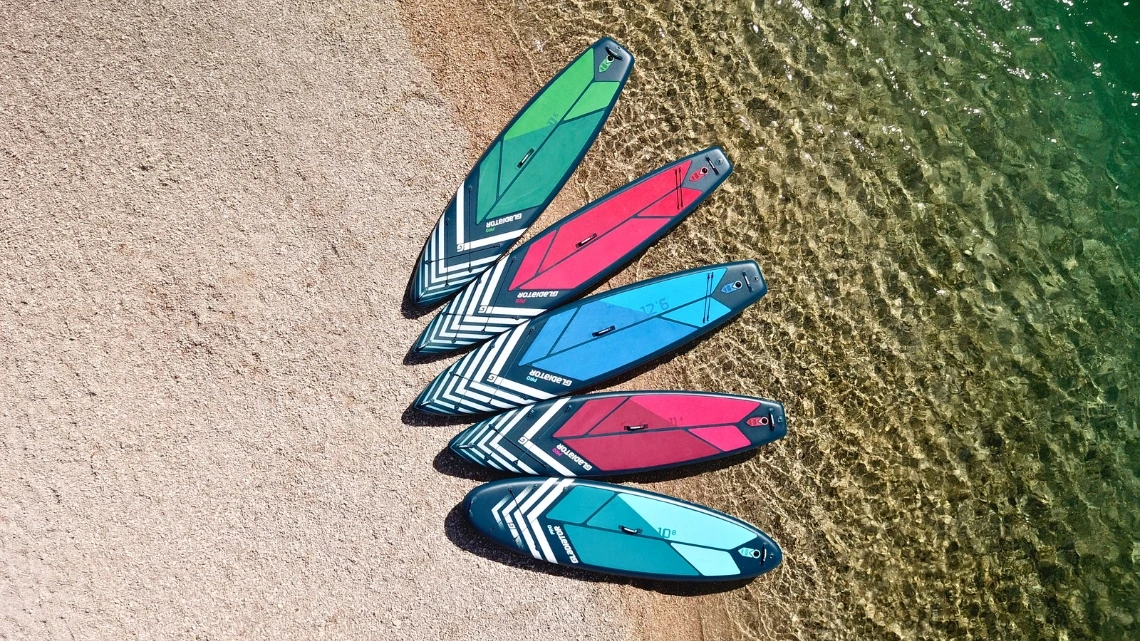
Gladiator SUP board collection review for 2024
SUP is an increasingly popular water sport that combines elements of recreation, training and adventure. If you're passionate about water activities, you've certainly heard of the Gladiator brand. Take a virtual tour of their SUP board collection for 2024!

The new NeilPryde 2024 wave sail range
The new 2024 wave sail range: lighter and stronger than ever! Dynamic progress, especially in the field of materials used in sail production, inspires designers every year to introduce new efficient solutions. We decided to dive into the subject, check the 'workshop,' and share some of the interesting details about this year's Neilpryde lineup.

Practical Guide to the Aqua Marina SUP boards 2024 Collection
The practical guide to the Aqua Marina 2024 collection is an excellent source of information for anyone seeking the perfect SUP board. In today's crowded market, choosing the right board can be challenging, so it's worthwhile to take advantage of the professional tips included in this article
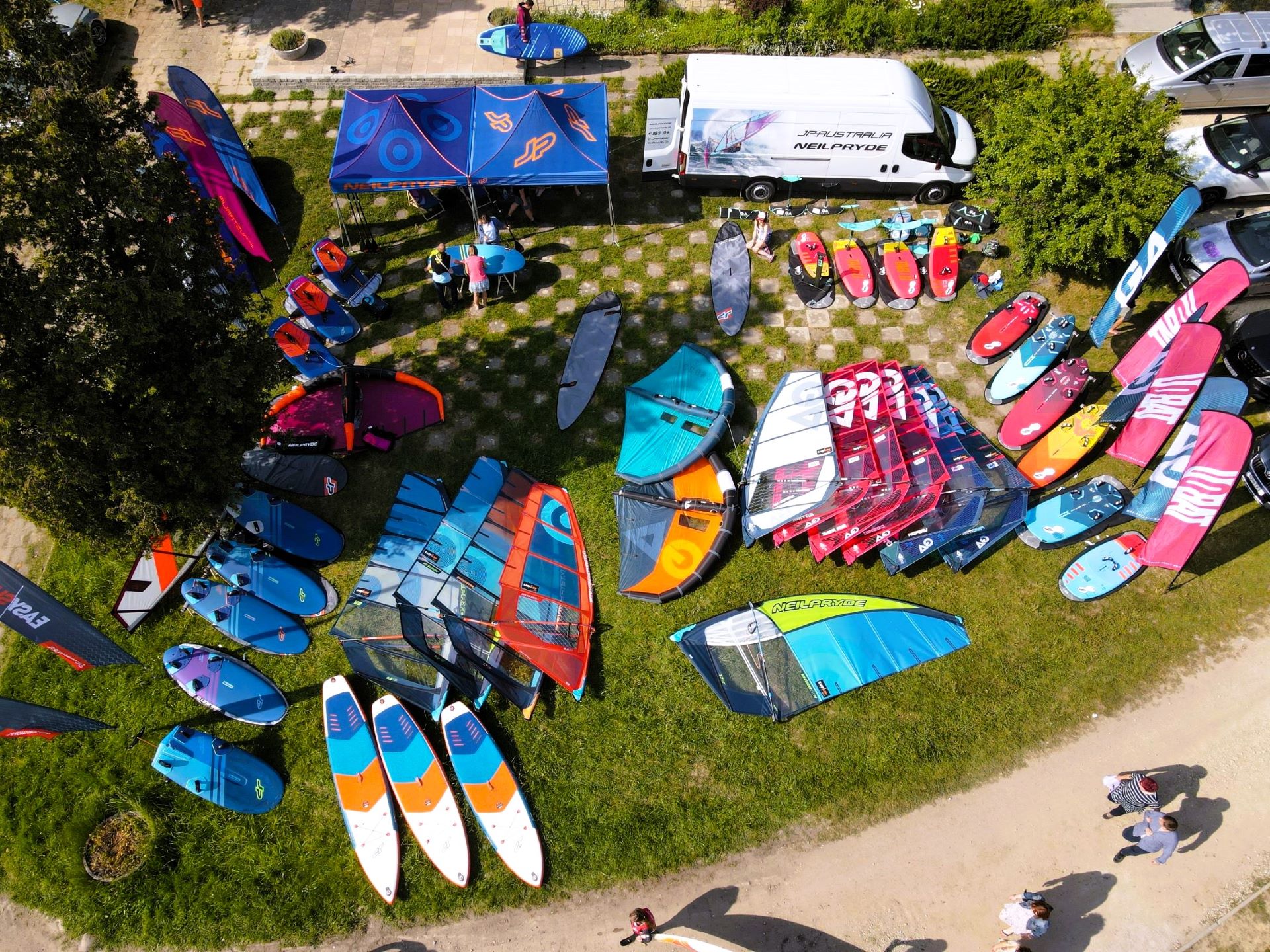
How to buy used water sports equipment without drowning your finances?
Water sports such as windsurfing, kitesurfing, wing foiling, surfing, and stand-up paddleboarding (SUP) offer a fantastic escape from everyday problems, allowing us to experience true freedom in connection with water and wind. We understand that modern equipment can be costly, so considering the purchase of used gear is a wise decision, especially when on a limited budget but eager to own your equipment. However, to avoid disappointments and unnecessary expenses, it's crucial to know what to look for when buying used gear. In this article, we'll share tips to help you make an informed choice, and at the end, we'll provide a checklist to assist you in inspecting equipment before making a purchase.
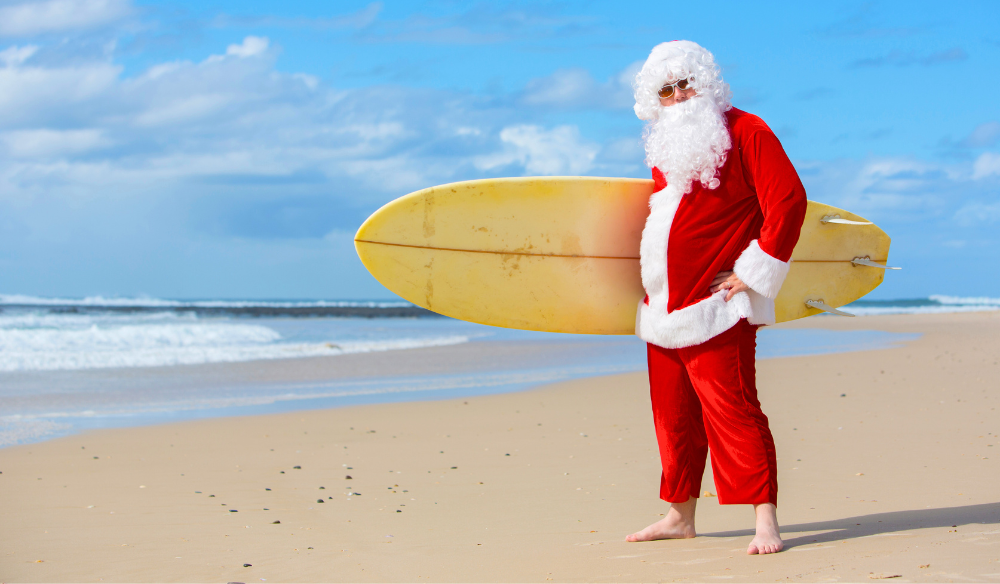
Surf gift ideas
Once again, you're wondering what to buy a watersports enthusiast? They already have so much equipment that it's a challenge to fit it in the house, garage or basement, so it seems they don't need anything. Well... we're surfers ourselves, and we know that there's never enough gear.
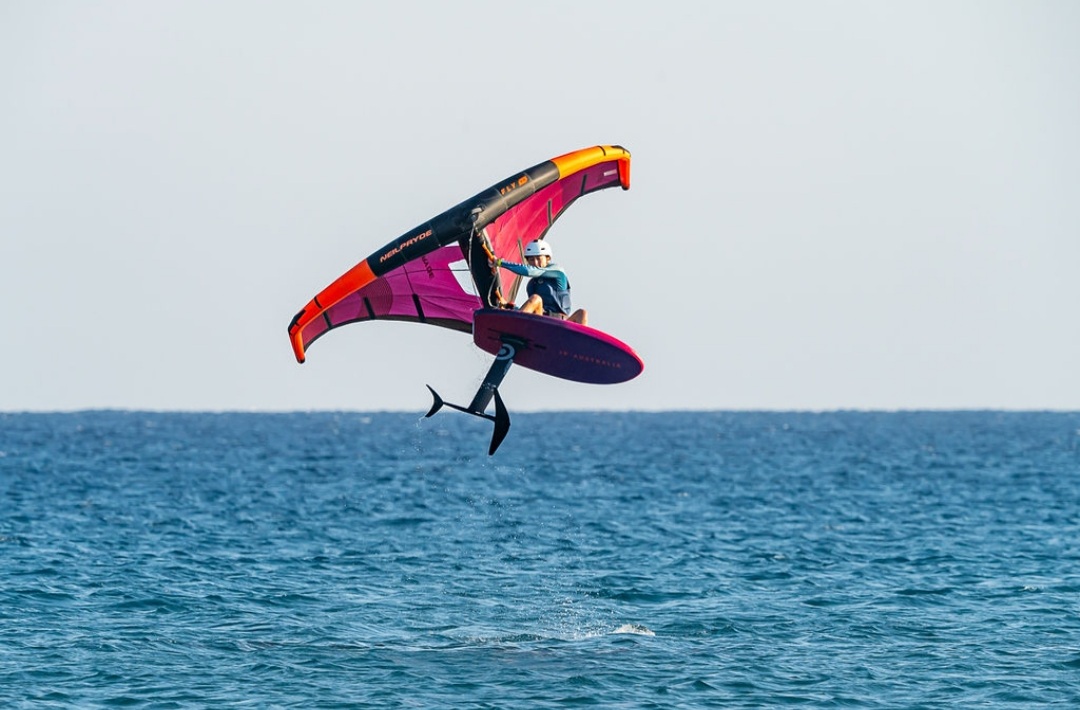
Wing Foiling Camp - report form ProCenter Prasonisi
Just under two weeks ago, I had the immense pleasure of participating in a Wing Foiling Camp organized by ProCenter Prasonisi - Christof Kirschner. The highlights of this event were some incredibly talented PRO riders sponsored by JP-Australia & NeilPryde from the GWA Pro Tour
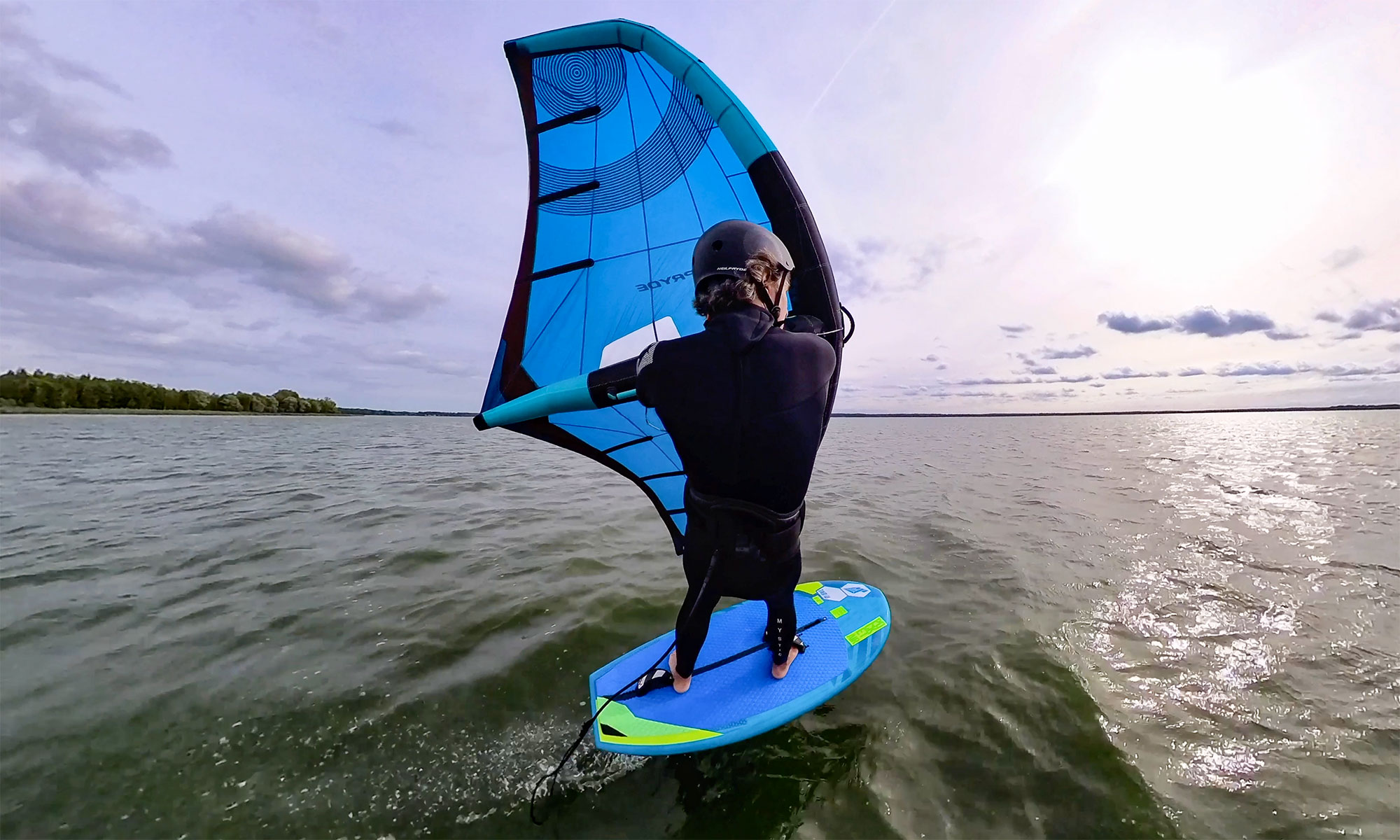
NeilPryde The FLY - review after 6 months by windsurfing.pl!
It's about time for our impressions after six months of using the production version of the Fly. The Fly made its entry into the market this year, marking a historic moment as Neil Pryde's first foray into the world of wingfoiling. Designed by Nils Rosenblad, known for his work on Pryde sails and equipment used in the America's Cup, it's no surprise that the Fly incorporates technical solutions and concepts that have been tried and tested in windsurfing sails for years.


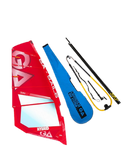




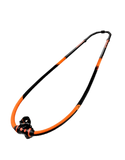
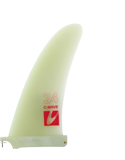


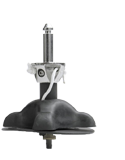
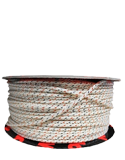

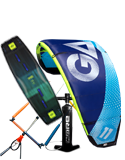
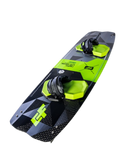



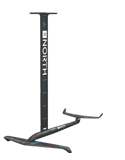
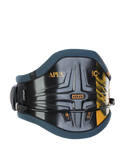
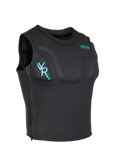

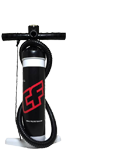
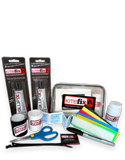
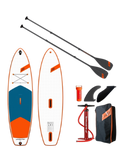
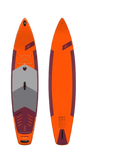
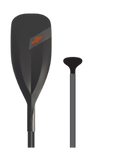
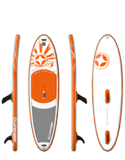
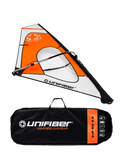
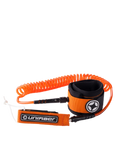
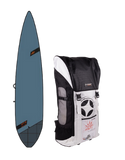
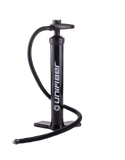
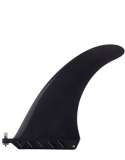
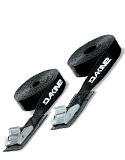
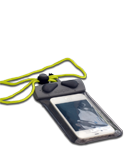
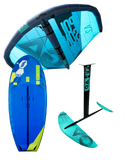

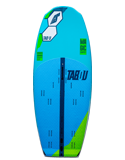
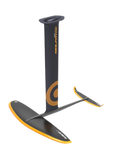
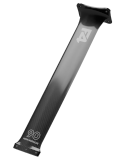
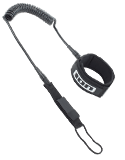

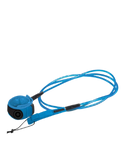
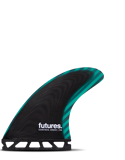
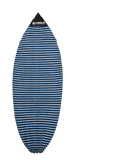
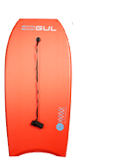
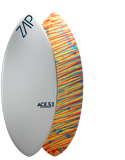
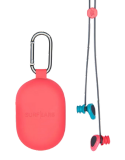
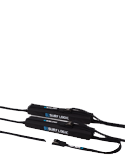
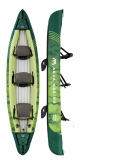
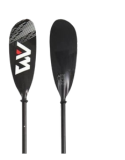
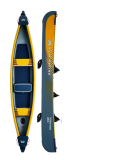
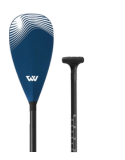
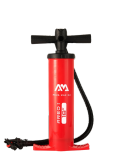
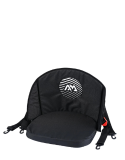
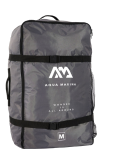
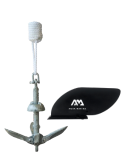
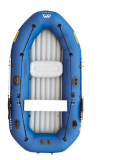
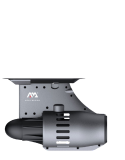
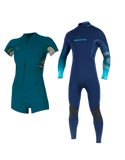
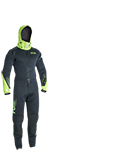
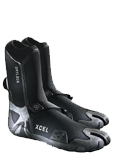
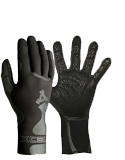
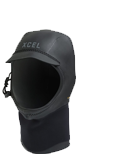
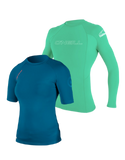
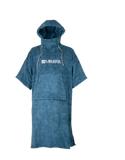

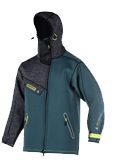
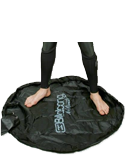
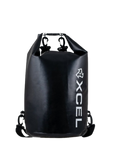
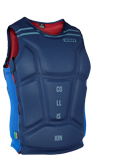
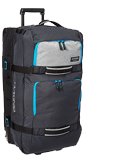

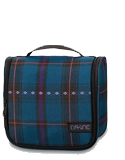

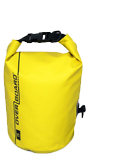



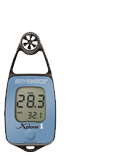

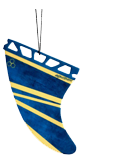
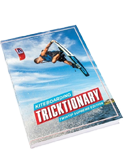
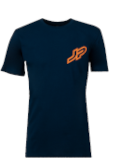
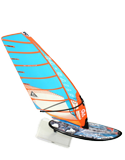
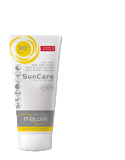

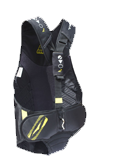




 Facebook
Facebook Instagram
Instagram YouTube
YouTube